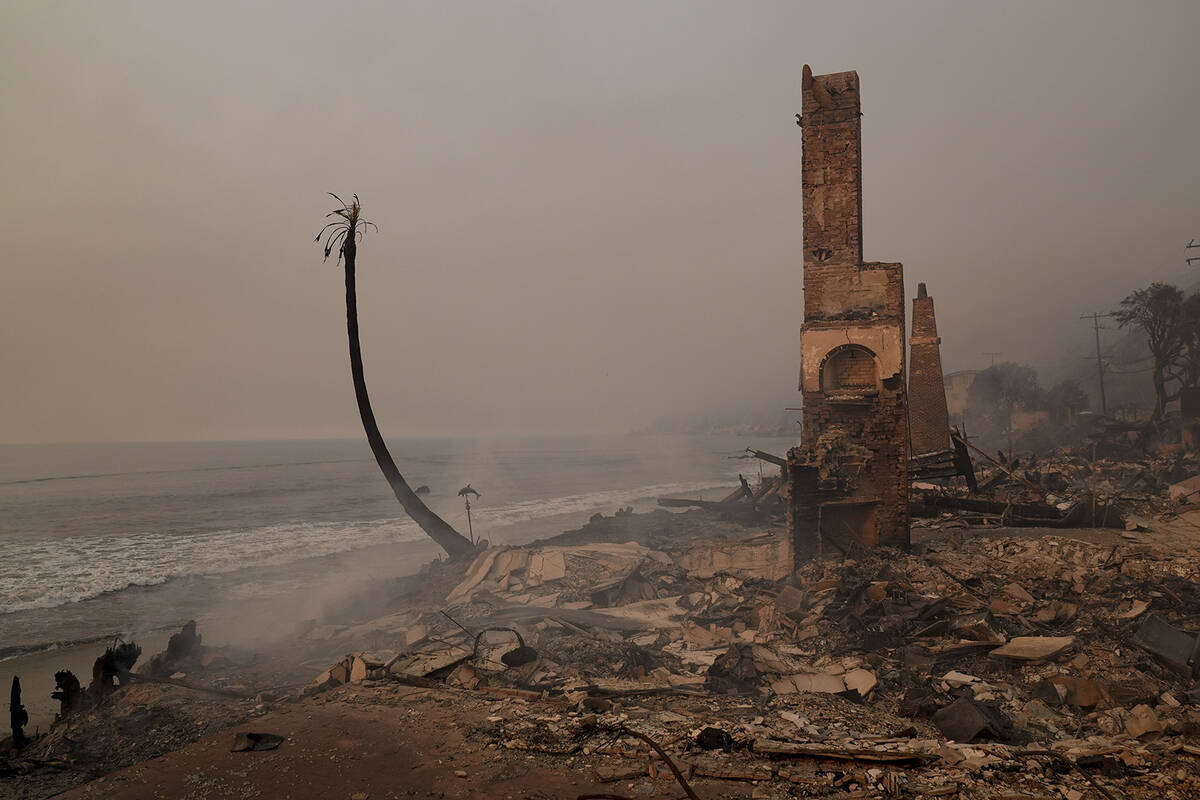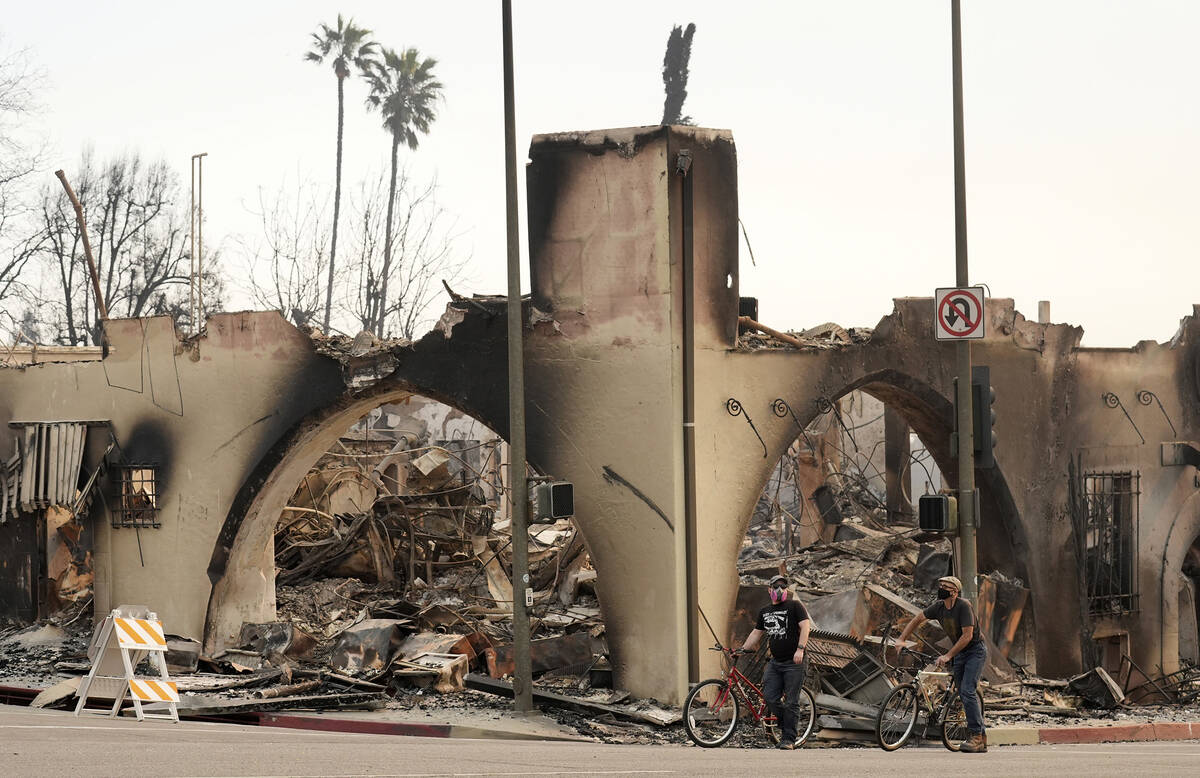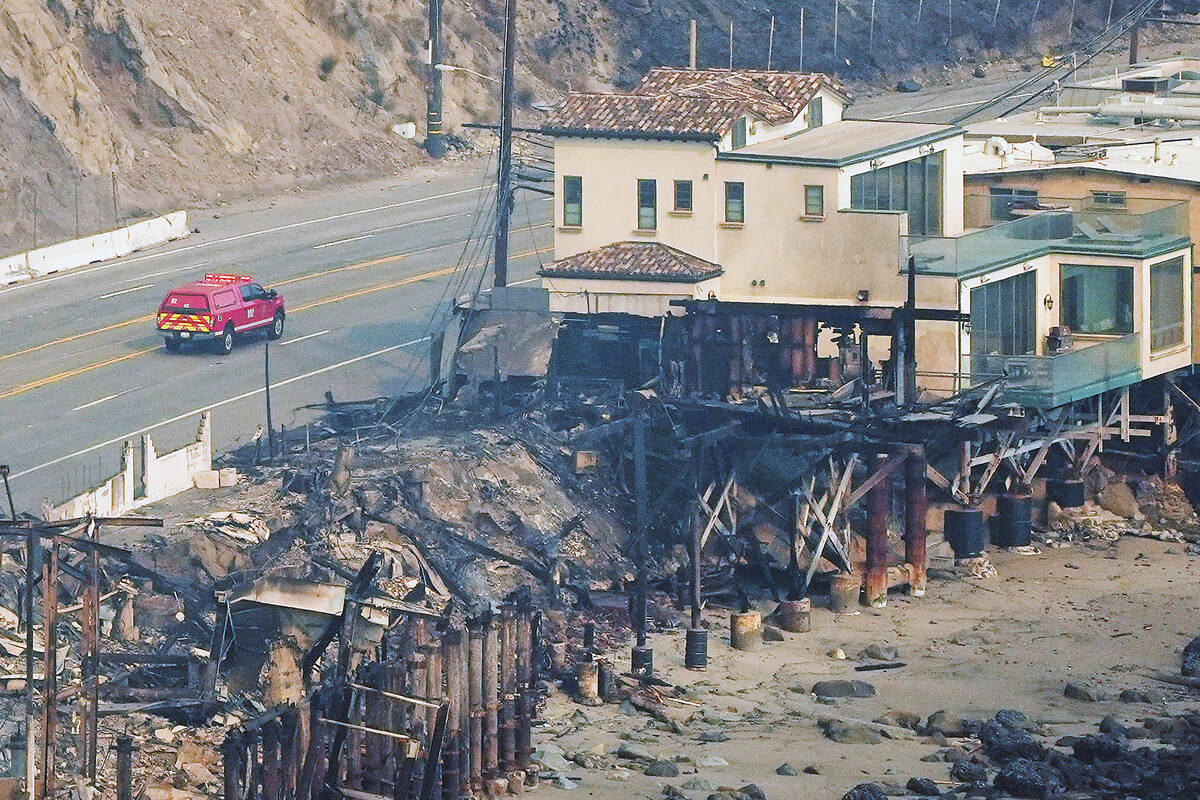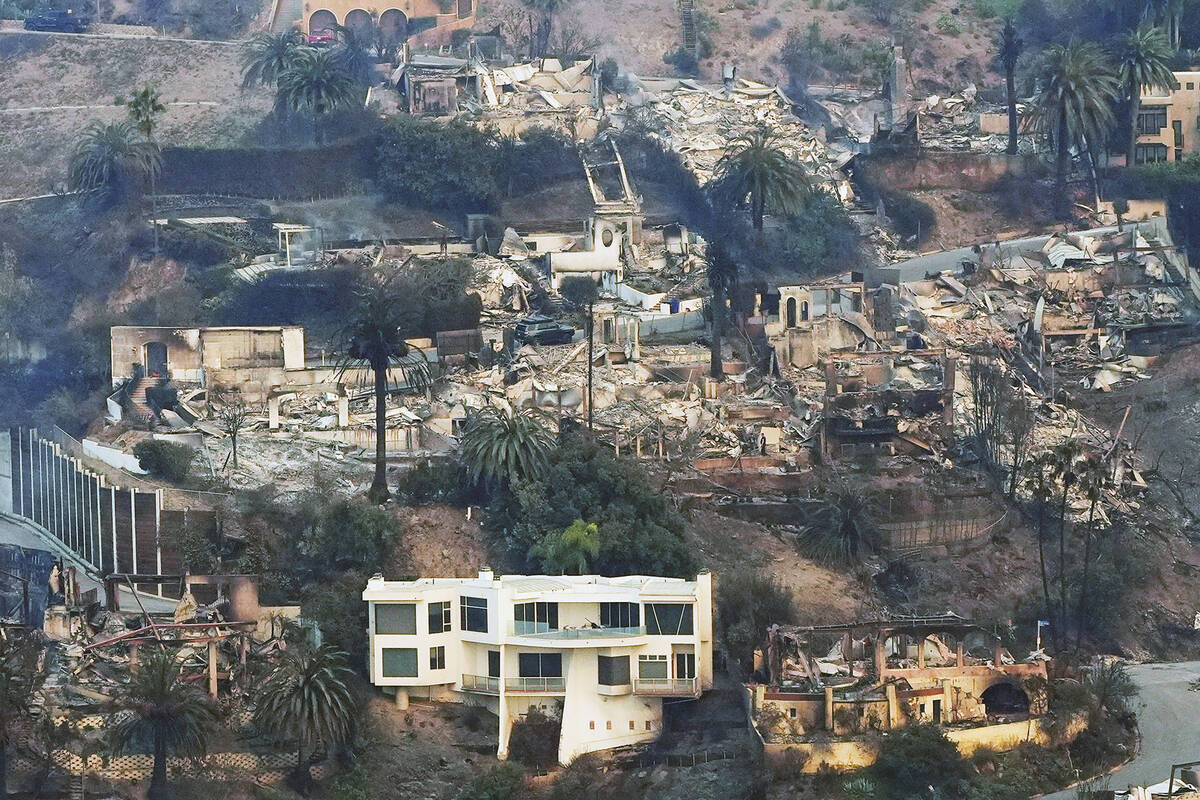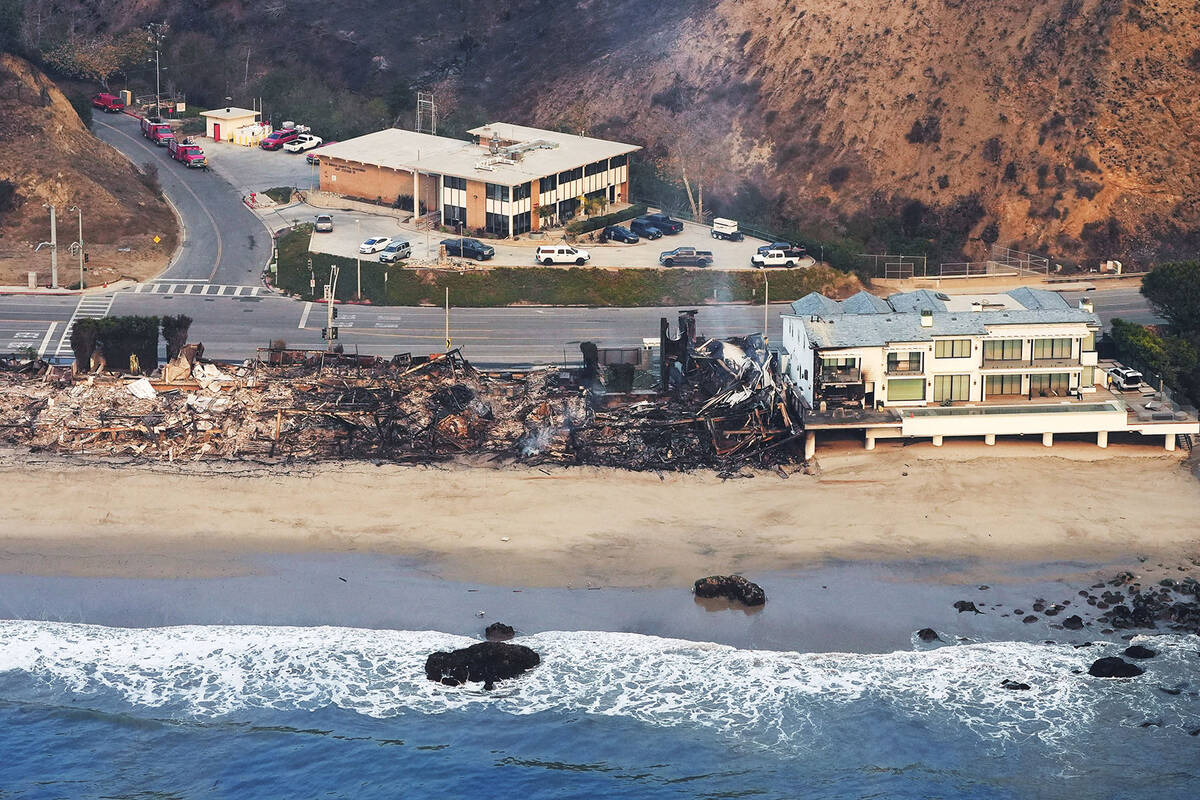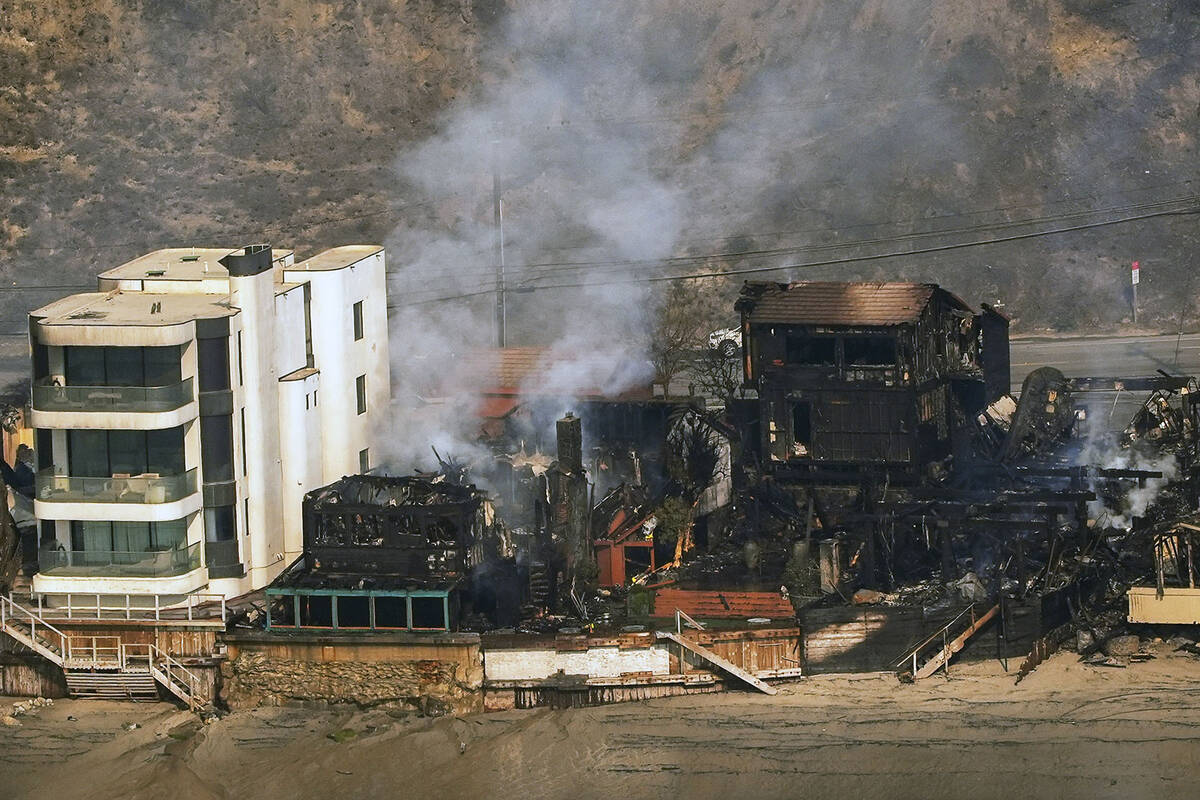Fires in LA and Vegas? Weather conditions similar, but equation slightly different
One factor in the deadly infernos ravaging Los Angeles is a prolonged spell of hot and dry weather conditions, weather experts say.
Like the City of Angels, Las Vegas has been experiencing extended extreme hot and dry weather.
Here is the 2024 Las Vegas weather review. We ended up tying the all-time average high of 72.3°, setting the all-time daily high of 120°, and are currently in second place for the longest streak of no measurable rainfall. Let's see what 2025 brings. pic.twitter.com/IdCaOhJoJc
— NWS Las Vegas (@NWSVegas) January 1, 2025
Hot weather: The year just finished saw an average temperature of 72.3 degrees at Harry Reid International Airport, tying 2017 as the hottest in Las Vegas weather history since official records began in 1937.
Prolonged heat: In 2024, Las Vegas had 112 days of days when highs reached 100 degrees or higher, smashing the previous record year of 100 days in 1947. And seven days hit 115 or higher, including the record high of 120 set on July 7.
Dry conditions: Precipitation for the year at the airport was 2.27 inches, a bit more than half of normal, 4.18 inches. Currently, the airport has not received measurable rain in 180 days as of Thursday, the second-longest streak in recorded weather history with 240 days in 2020 being the longest.
Las Vegas and Los Angeles are “not exactly the same (climates), but they both have been hotter and drier than normal,” said meteorologist Julie Phillipson of the Las Vegas office of the National Weather Service. “But Los Angeles has those Santa Ana winds.”
The other fire factor mostly missing in Las Vegas? Lack of excessive combustible vegetation.
The Mojave Desert environment and longstanding efforts to replace thirsty grass in the Las Vegas Valley with desert landscaping to reduce water usage could be credited with taking dry leaves, dead trees and old plants out of the fire equation.
“As I recall going to Los Angeles, there can be a lot of dense vegetation in those hills where homes are built and the vegetation placed around them,” said Bronson Mack, spokesman for the Southern Nevada Water Authority. “Here (in the valley) it is mostly house, block wall, house, block wall, house.”
Mack also noted that California received ample rain for a few years before the current dry spell began. Los Angeles received about a tenth of its normal precipitation for several months in 2024.
“When they lose that consistent precipitation after a couple of good years and then get no rain at all, it becomes an issue for flammability,” he said. “We really don’t have that drying out part because of irrigation.”
However, Mack pointed out that the desert does have combustible plants and growth, especially in wash areas.
“Certainly there is potential for wildfires, but often it is contained relatively quickly,” he said.
The valley does have occasional windy conditions, such as Monday’s windstorm of around 40 mph, but the Santa Ana winds were at record levels the same day, gusts exceeding 100 mph in several places.
Extreme high winds kept firefighting aircraft grounded for several hours Monday evening, allowing fires to spread easily. The nearly 2,000 firefighters sent to fight the fire and protect property, overmatched by fire conditions, also had to deal with water shortages.
Advance warning on wind, fuels
Weather forecasters saw the major wind event coming about 10 days ahead of time, said University of Nevada Reno professor Neil Lareau, and the dry fuel conditions were widely known since rainfall in Los Angeles had been sparse for months.
“It doesn’t take a rocket scientist to know it was wet to the north (up the coast) and dry to the south,” Lareau said. “We started seeing the wind event 10 days out and as the forecast got closer and closer, the high impact area was right around Pasadena.”
The National Weather Service widely disseminated a dangerous wind alert, and fire management resources had been pre-positioned, Lareau said.
“But there is a level of helplessness,” he said. “Once the fires start, there’s not a whole lot that can be done.”
There’s no definite link between Santa Ana winds — gusts from the east that come down the mountains, gain speed and hit the coast — to human-caused climate change, said Daniel Swain, climate scientist for the California Institute for Water Resources.
But a condition that led to those winds is a drop in the temperature of the jet stream — the river of air that moves weather systems across the globe — which helped bring cold air to the eastern two-thirds of the nation, University of California Merced climate and fire scientist John Abatzoglou said. Other scientists have preliminarily linked those jet stream plunges to climate change.
Power lines may also be a culprit in the ignition of the fire. Los Angeles has been growing steadily, causing more power lines to be constructed. The cause of the fires are yet to be determined.
Contact Marvin Clemons at mclemons@reviewjournal.com. The Associated Press contributed to this report.



